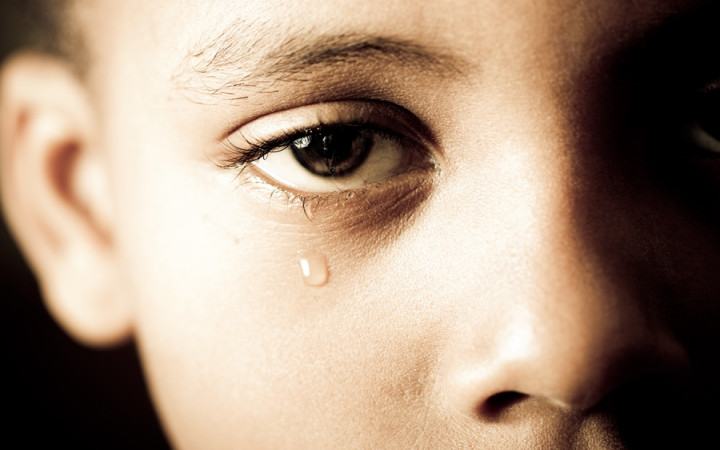Today’s Wonder of the Day was inspired by Mohammed from AL. Mohammed Wonders, “Why do tears come out when you are sad” Thanks for WONDERing with us, Mohammed!
We were walking past the Wonderopolis kitchen the other day when we were stopped in our tracks by the sounds of sobbing and some interesting conversation:
Potato: Hey Carrot! What's the matter? Why are you crying?
Carrot: *Sniff* *Sniff* It's just so sad. So unfair!
Potato: What is?
Carrot: What happened to Onion! Look at him! He's been
sliced right in half!
Onion: It's OK, Carrot. I get to get in the hot tub now!
Carrot: Hot tub? Do you mean the soup pot?
Onion: Soup pot? Hey! Wait a second! What's going on
here?
Potato: Aauugghhh! Not vegetable soup!
Carrot: Oh no! Me too? Aauugghhh!
Onion: Well, I guess we'll all have several hours to stew
about this turn of events!
As you can see, Carrot got very emotional about the thought of Onion being sliced up. But Carrot's tears might not have been completely emotional. They may have also been a physical reaction to an onion being sliced.
That little scene in the Wonderopolis kitchen highlights an important fact for today's Wonder of the Day, though: tears can be both emotional and physical in origin. Sometimes it's our feelings that lead to waterworks, while other times it's something purely physical that causes our eyes to water.
You can think of tears as a shower or bath for your eyes. Special tear glands — called lacrimal glands — produce tears. Every time you blink, a tiny amount of tears is spread across your eyes by your upper eyelids.
These tears help to keep your eyes clean. They wash away dust, germs and other types of tiny particles that you don't want in your eyes. They also keep your eyes moist. If you've ever had dry eyes, you know how painful and sore they can get if they don't have the right amount of moisture.
If tears wash your eyes every time you blink, why don't we always look like we're crying? After the tears wash and moisturize our eyes, they drain through special tear ducts — called lacrimal ducts — in the corners of our eyes. Your tear ducts are like tiny bathtub drains that funnel tears from your eyes to the back of your nose and down your throat.
Sometimes, though, our eyes produce more tears than our tear ducts can drain. When this happens, the tears spill over our lower eyelids and down our faces. That's what we call crying.
Crying can be triggered by both mental and physical causes. Physical causes might include irritants, such as smoke or allergens, or gases, such as the gases onions release when they're sliced open. Anything that irritates your eyes can cause tears.
Mental causes can encompass just about any type of strong emotion, from sadness to happiness. In these situations, your brain senses these emotions and tells your lacrimal glands to produce lots of tears.
But why would your brain tell your lacrimal glands to produce tears in response to strong emotions? Scientists have a few theories. Some believe that crying helps to release toxins and stress hormones from the body.
Others believe tears perform a social function by drawing others to help you in a time of stress or great need. Whatever the reason might be, tears are beneficial to our eyes and help keep us healthy. So don't be afraid to cry. Your eyes can always use a good bath!




